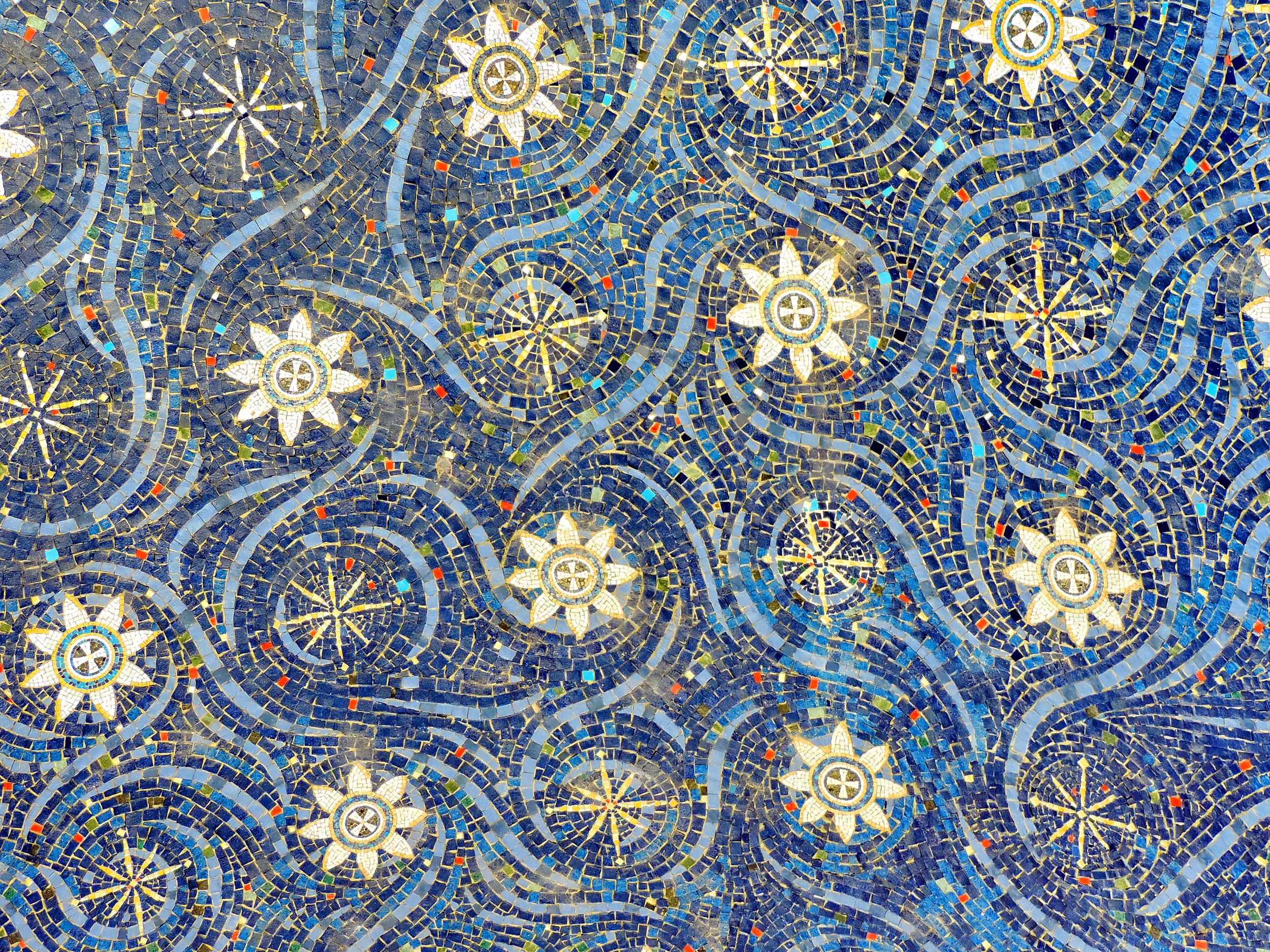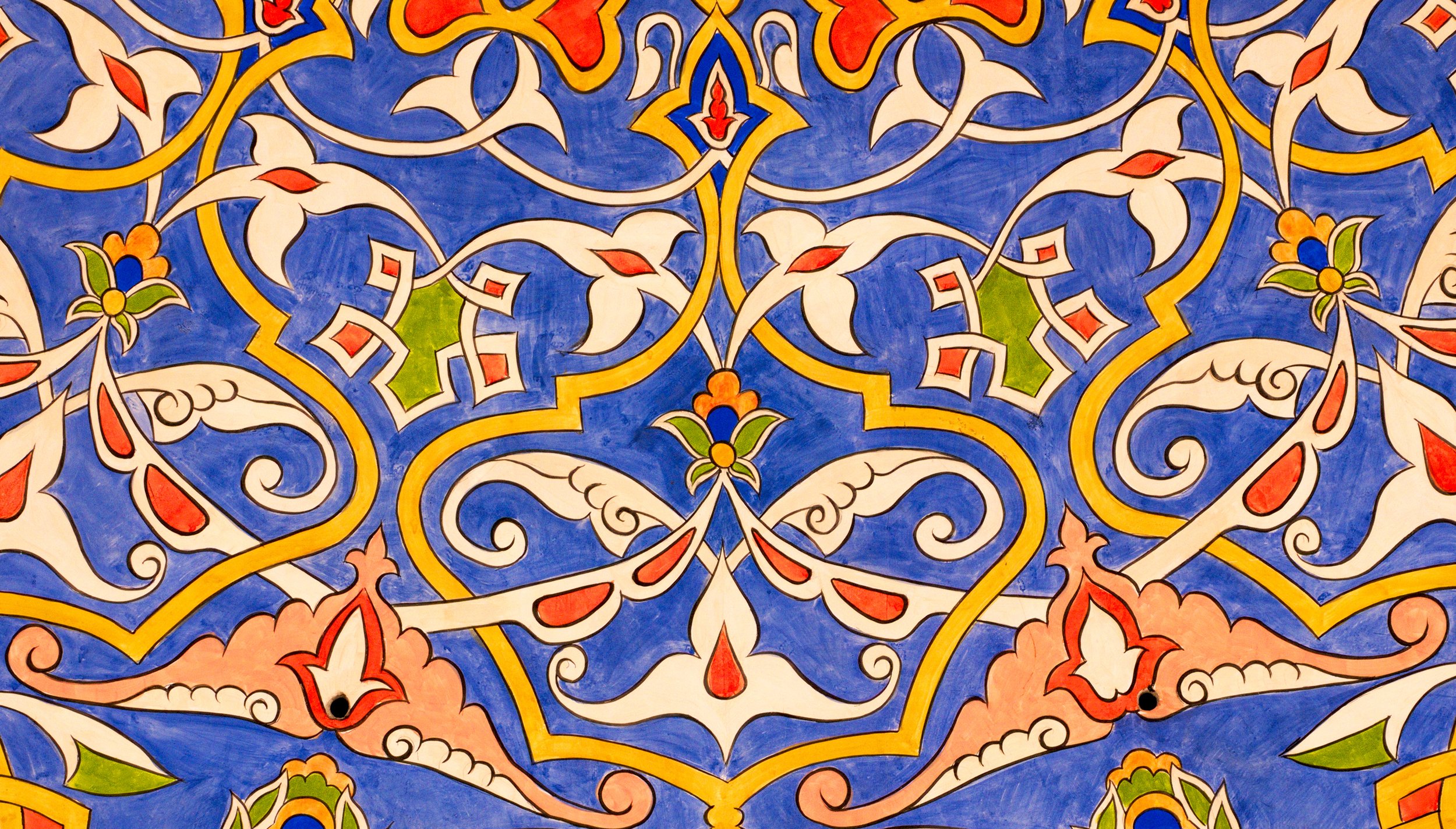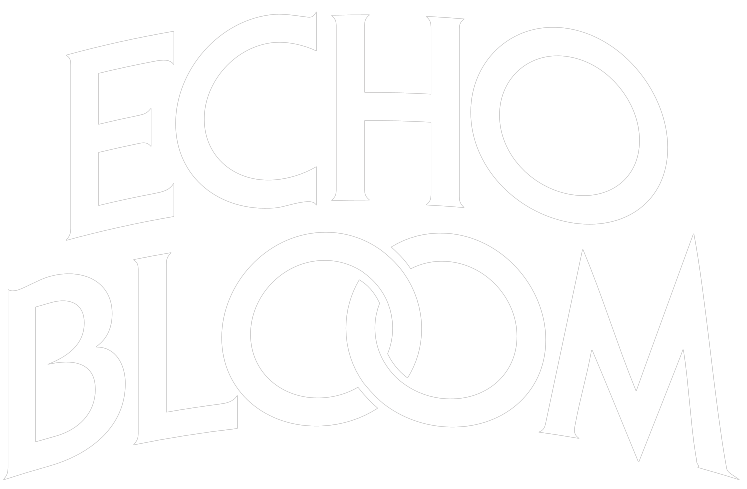Episode 4 - Blue Arabesque

The Seed
I don’t subscribe to the notion that good art comes solely from some kind of divine inspiration. You can see the caricature in your head - the artist is driving down a road, and notices the way a beam of light hits a sign. They cock their head, pull off to the side of the road, rummage through the glove box to find some paper, and scrawl down something that cracks the world open. I think it’s reductive, and worse gives creators license to be lazy and just wait for that lightning bolt to strike.
The most successful artists I know are the ones that work _really_ hard. They whittle themselves into vessels for receiving the ideas that would bounce off others. For me, that’s what hoursongs do. They exercise the muscles, and make me more observant and flexible.
This episode’s song, Blue Arabesque, is a clear reflection of the lessons learned from this process.
This song started like many of mine have recently, in D-Minor tuning (which is D - A - D - F - A - D). I love alternate tunings because they turn the guitar, which is a really known instrument to me, into something wholly unfamiliar. I started going back and forth between an unfretted open chord, and a shape that would sound as an A minor on standard tuning. But on this tuning, it became something completely different.
What even is that chord? A - E - G - Bb? I’m more of a populist about theory, so I’ve only learned enough to allow me to clearly express myself in the mode I want to work in. But in general, unless I _have_ to learn it, I don't - unless something is really frustrating. Which this chord ended up being. I could talk about it for a while, but suffice to say, it’s an A Dominant 7 with a Flat 9 (I think)
So I had a nice little instrumental backdrop, and a melody ontop of it.
I had a line - really only two words - Blue Arabesque - but I didn't know what it meant. Sometimes, for me, the initial burst of a song is like that. It’s like tuning in momentarily to a radio station, but you don't know what part of the song you're hearing, or what it means. Or like recovering a piece of an oil painting from a house fire. My work often is to restoring that fragment - placing it in its context, and figuring out what it means.
I knew the word Arabesque in relationship to Islamic art, but after doing a little reading I found it was also a ballet pose. So I wrote a set of lyrics that, when I was done with them felt, somehow - snooty. Highbrow in a way that felt exclusionary and wasn't there for any reason other than to sound smart (which, when intentional, more often sounds dumb). What I had lyrically wasn't going anywhere - but I still had a nice piece of music, so I left it hanging around.
Then - paint samples.
I've been doing some painting recently and someone had left behind a Sherwin Williams paint sampler (the kind that splays out like an Asian folding fan). I was absent mindedly flipping through it one day and realized that the names of paint colors are ridiculous and fantastic. So I went to the color “blue” and pulled out ones that I thought sounded interesting and rhymed:
Indigo
Nautilis
Open Sea
Georgian Bay
I wrote a few lines to connect them, and the chorus kind of became obvious - "standing in line at the hardware store, trying to find the perfect word for blue".
The Story

The Arrangement / What Would I Change?
When I played it, the rhythm of the song always had a push and a pull. I thought that if I recorded my acoustic DI'd and sang live, I could follow the rhythm on another pass and record separate passes of the vocals and guitar to get isolation. So I recorded a few live takes until I got one that had a nice flow, then tried to do another pass ontop of it - and, found the rhythm impossible to match. So I kept the live take as a base.
I knew I wanted to have a fantasia at the beginning - a dreamlike section that introduced you to the song. I downloaded a sample library that focuses on harp arpeggios, and spent some time futzing around with different runs. You can pick different start and stop notes, in different modes, and at different speeds, so I played around with a set of them, recorded a half dozen, and then started experimenting with layering them.
PaulStretch is a tool that allows you to massively slow down the speed of audio. It takes something that sounds like this <unprocessed> and turns it into this <processed>. It is just this beautiful tool for sound design, and a great tool in my arsenal. It used to just be distributed as raw code, which I compiled it using XCode and then fed audio through. But now the nice folks at Audacity included it out of the box - so no more messing with compilers and nerdy computer science stuff that slows you down.
I took one of the harp runs and went from this, to this:
I layered that in, and then wrote a little string part for the chorus sections, and the song felt like it was in the right place.
So - what would I change
There’s a part of me that would like to take the opening fantasia section and really spread it out - maybe that could work as a transition between another piece? The nice thing about hoursongs is that the format forces you to abandon stuff - more often than not the right decision.
It would be nice to add some vocal harmonies. I’m not positive about singing this entire piece in falsetto either.
Finally, having some real strings would be _amazing_.
Gear
Microphone - Warm Audio WA47jr
Soundcard - Universal Audio Apollo Twin MKII
Featured Plugins
Instruments
Blue Arabesque
Blue Arabesque
Indigo
Nautilis
Aquamarine
Flyaway
Open Sea
Standing in line at the hardware store
Trying to find the perfect word for blue
Blue resolute
Rest assured
Georgian bay
Lobelia
Mariner
Fallen jay
Standing in line at the hardware store
Trying to find the perfect word for blue
